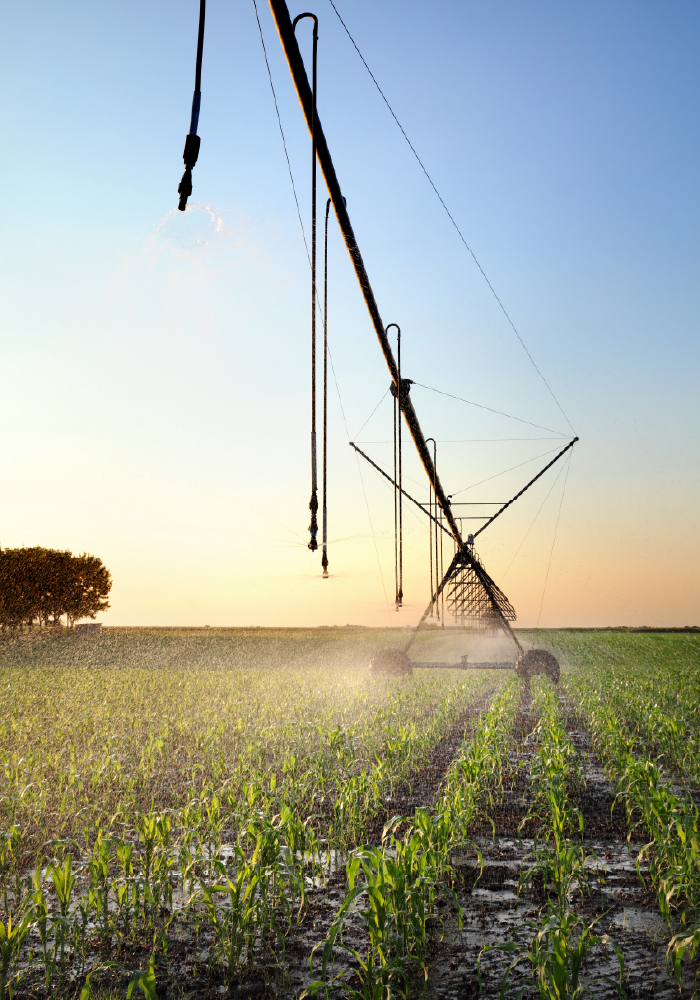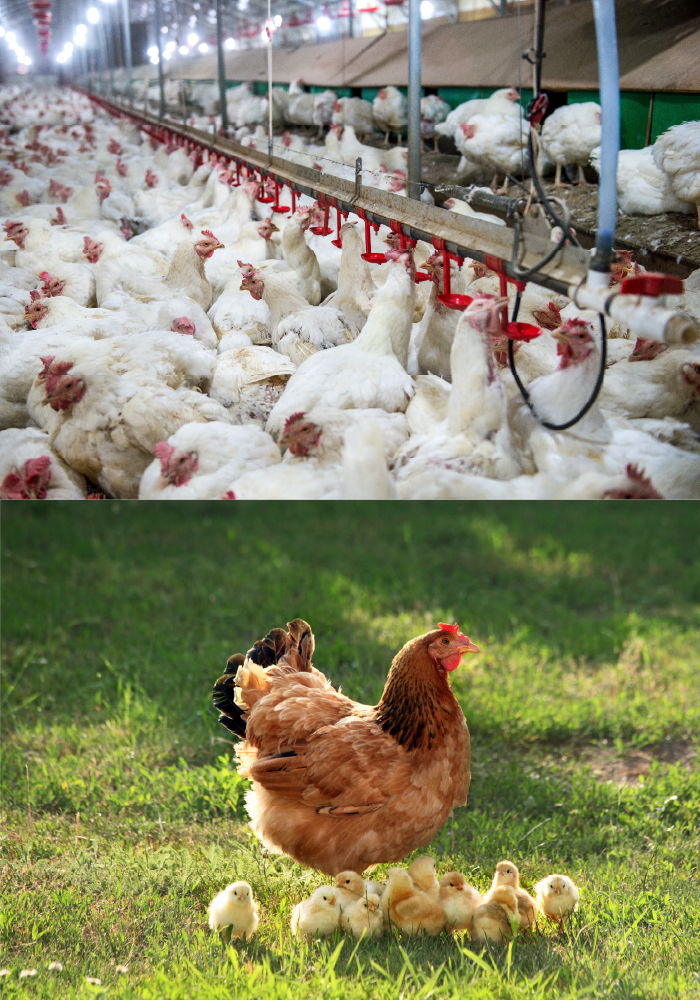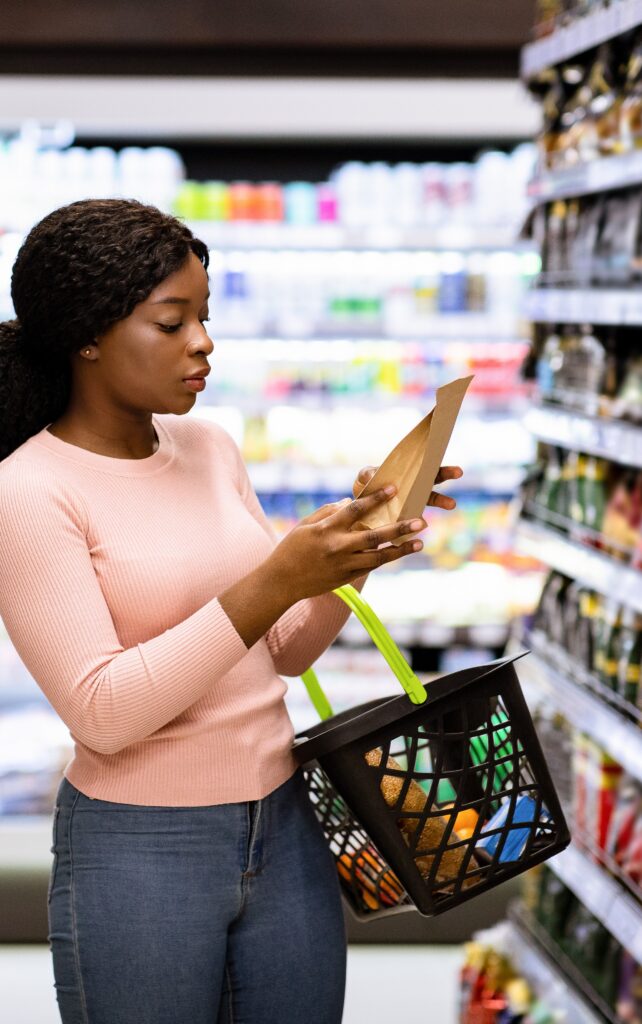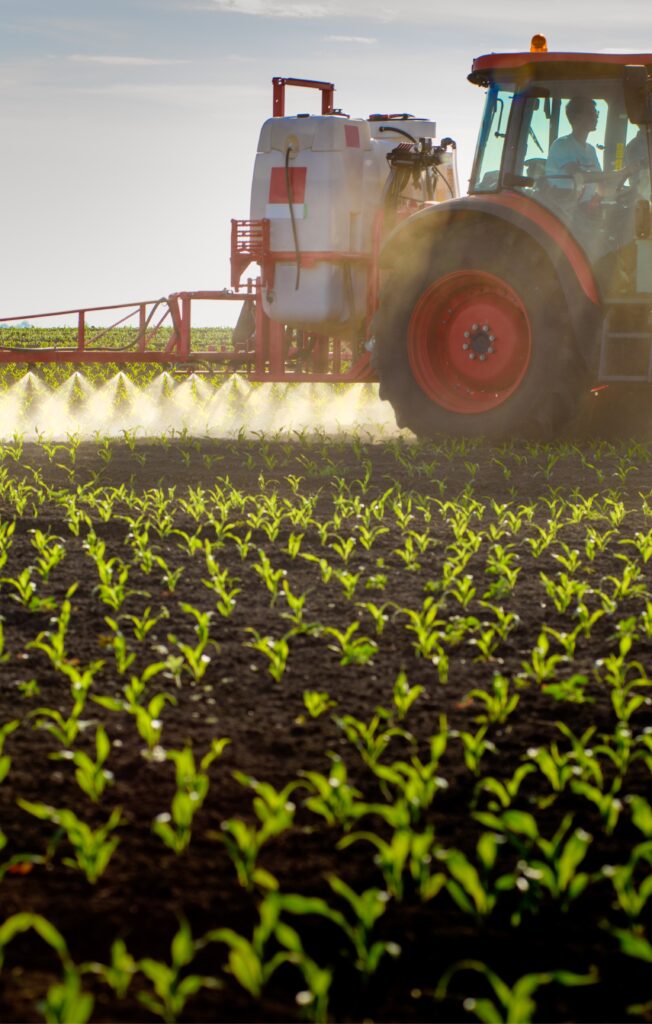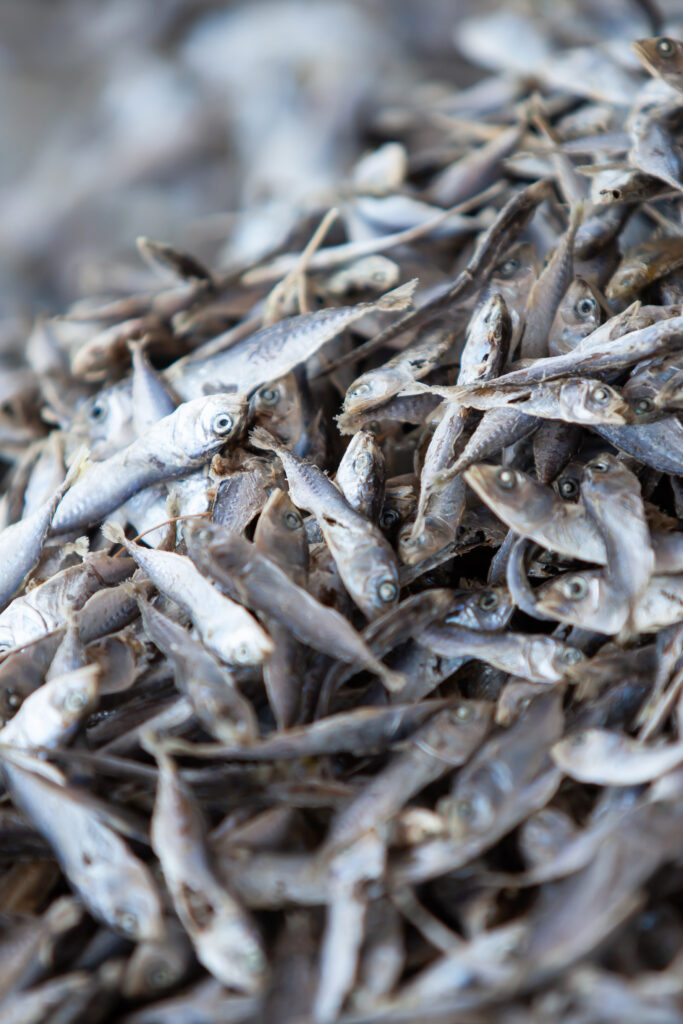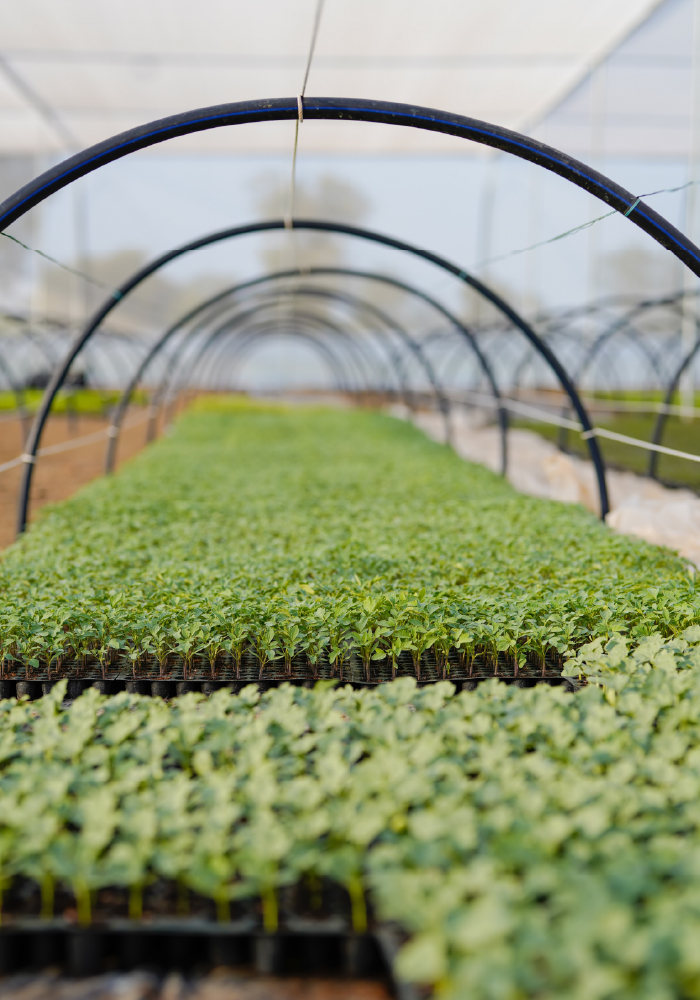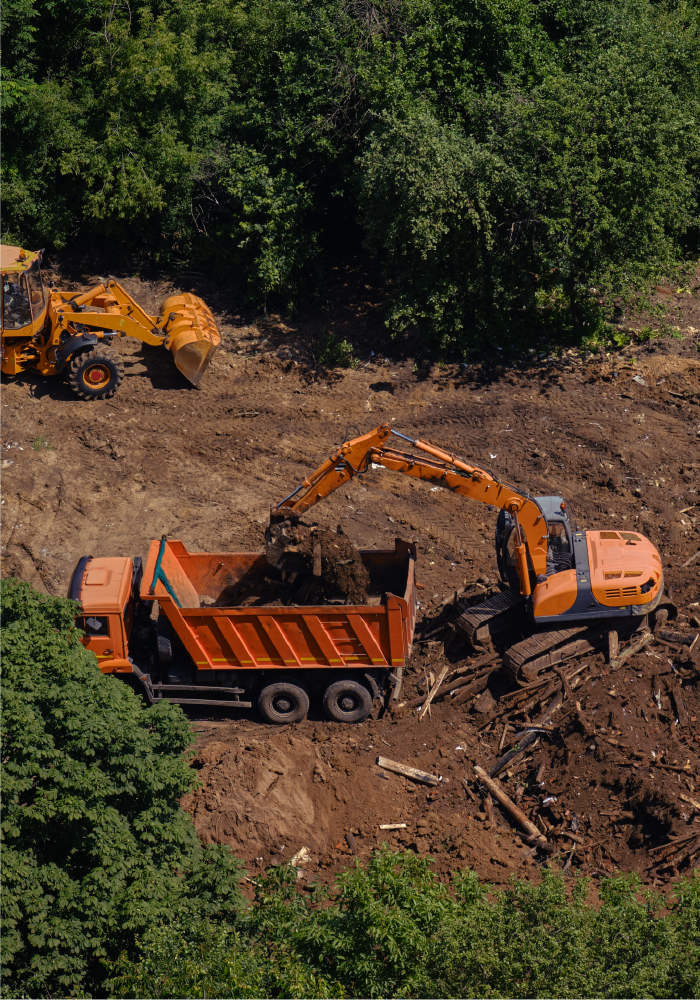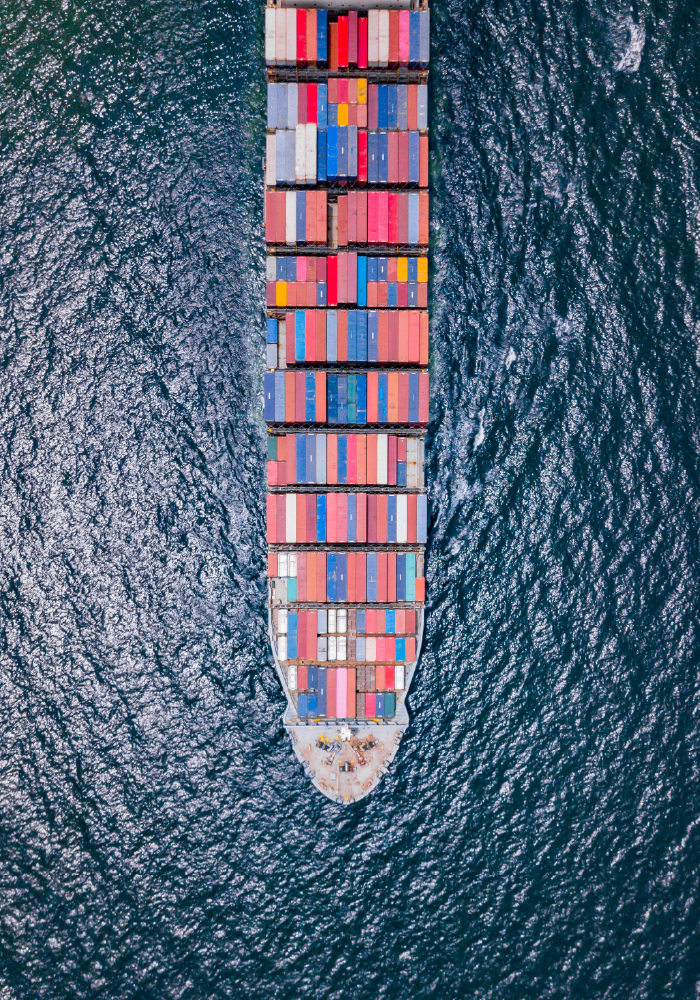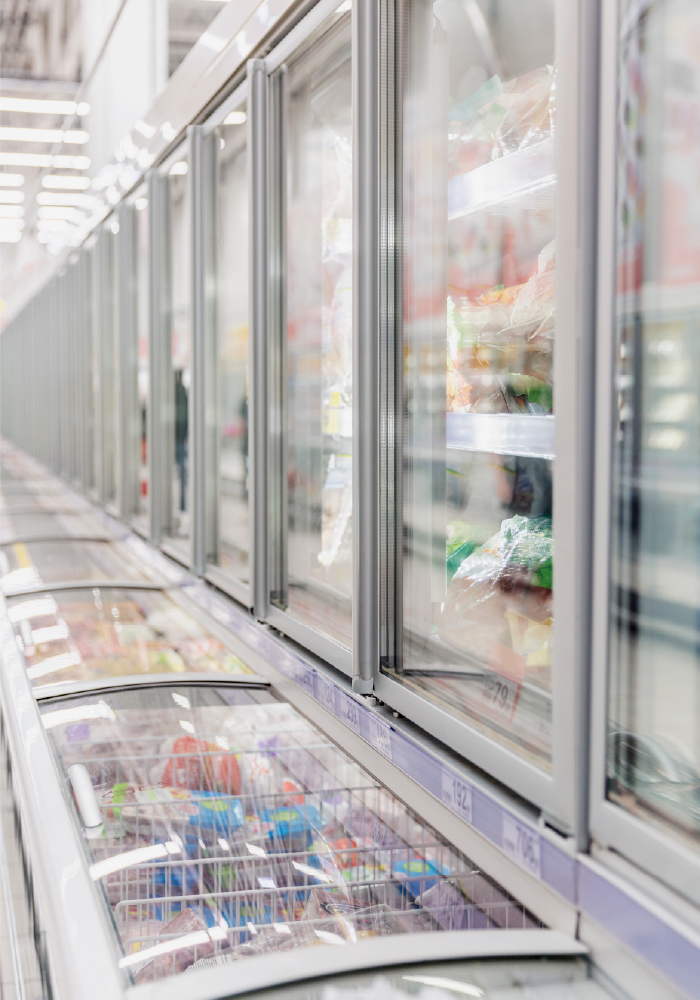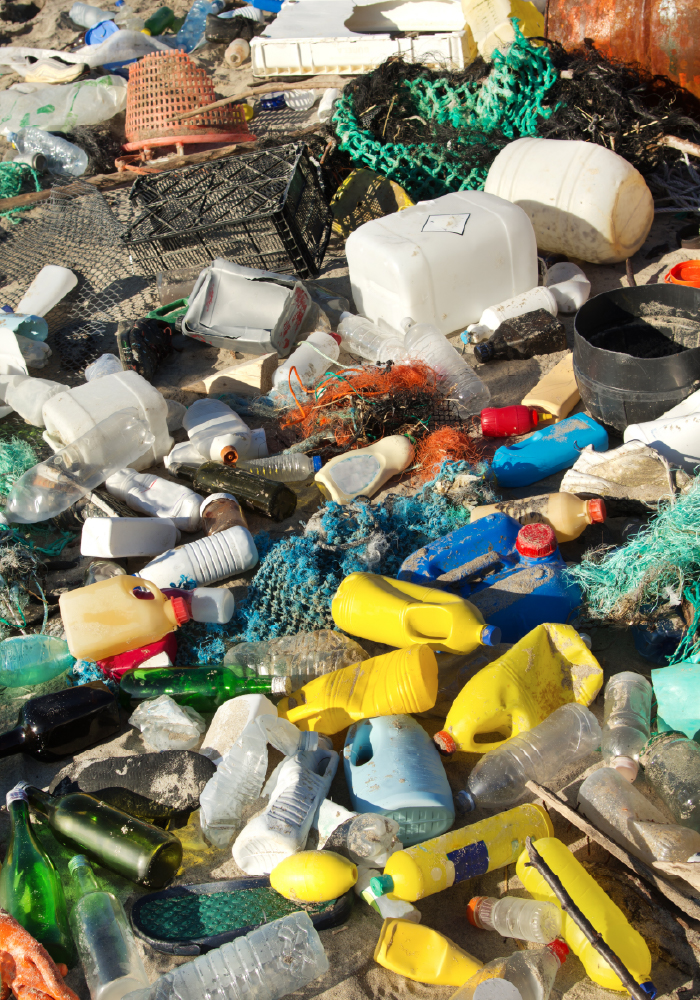
- Back to blog
- 14 March 2023
- Do not miss
- Latest news
How to choose your fish and seafood consumption?
Among the threatened animal species, fish and seafood are particularly vulnerable. A few good reflexes allow us to limit the consequences of overfishing, loss of habitat and climate change.
It is estimated that 50% to 90% of the populations of large pelagic fishes (which live in waters close to the surface or between the surface and the bottom) have disappeared in about 15 years due to overfishing. Commonly consumed species, such as bluefin tuna, Newfoundland cod or sardines are in great danger; they are often cited as the emblems of a disturbing phenomenon at the global level.
Furthermore, Beelong finds that the use of seafood in communities is concentrated on only 10 species! These are: salmon, tiger shrimp, tuna, trout, cod/cod, perch, pollack, squid, sea bream and pangasius. However, there are many more sustainable alternatives, including lake fish (see below).
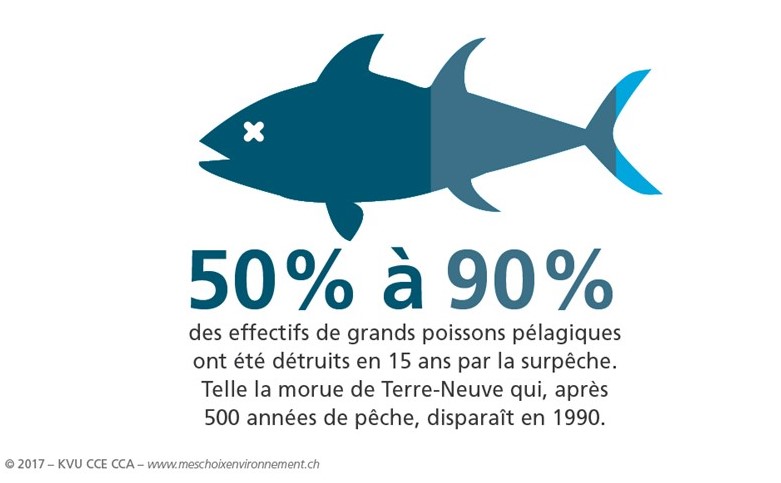
What threats?
The following are threats to fish and shellfish:
- Overfishing is the result of industrial fishing practices on the high seas. On a large scale since the middle of the 20th century, it has environmental, economic and social consequences, including the depletion of species stocks;
- the loss or degradation of habitats also decreases the abundance of fish. The main causes are climate change, concrete construction (dams, dykes), certain fishing techniques, eutrophication (accumulation of nutrients, a kind of natural pollution) and toxic and plastic pollution;
- climate change is altering the distribution of fish stocks, their diet and their habitats. They lead to an adaptation of fishing methods.
The principles to follow
To limit these impacts, it is better to ban endangered species and destructive fishing techniques. The WWF's Fish and Seafood Guide, par exemple, détaille pour de nombreuses espèces lesquelles privilégier (vert), acheter en second choix (orange) ou éviter (rouge). Pour les professionnel.le.s, Ethic Ocean propose également un Species Guide.
Overall, it is best to follow these tips:
- moderate the fréquence consumption (maximum 1x per week);
- rely on labels (wild: MSC, FOS; farmed: organic, ASC); MSC, FOS ; élevage : bio, ASC);
- include espèces moins connues pour diminuer la pression sur les plus consommées.
There are different fishing techniques, with some methods more selective than others. One of the major problems is by-catch and size of maturity. Bottom trawling, small-mesh nets, seine fishing or explosive fishing lack selectivity and are particularly damaging to habitats. It is better to choose fish caught by line, net or trap (refer to the labels).
The consumption of fish from our lakes represents a good local and sustainable alternative, as long as you take care of threatened species such as the white-clawed crayfish and the small lamprey. Here are ten species to (re)discover! See also the recommendations of the Swiss Romande Association of professional fishermen.
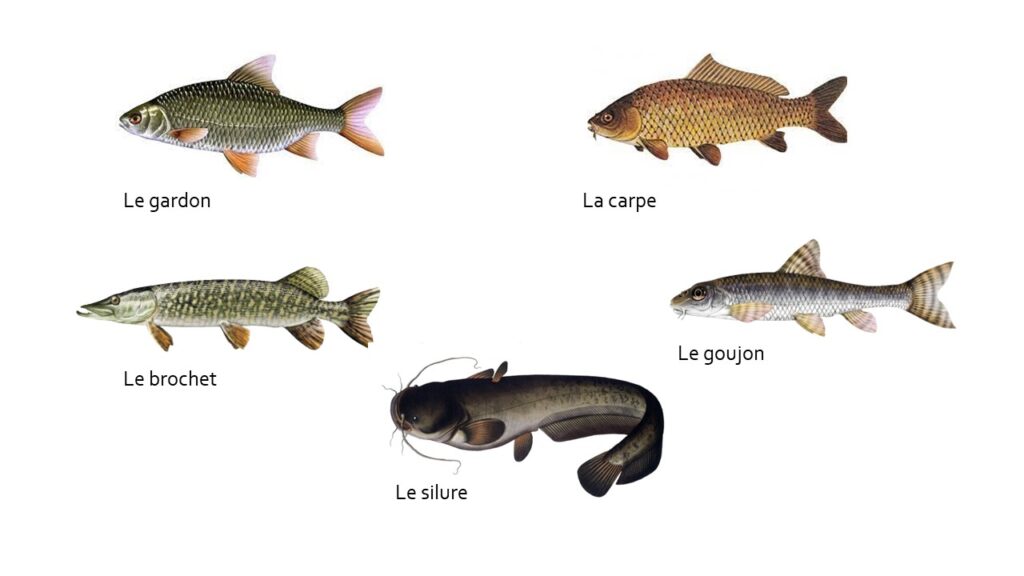
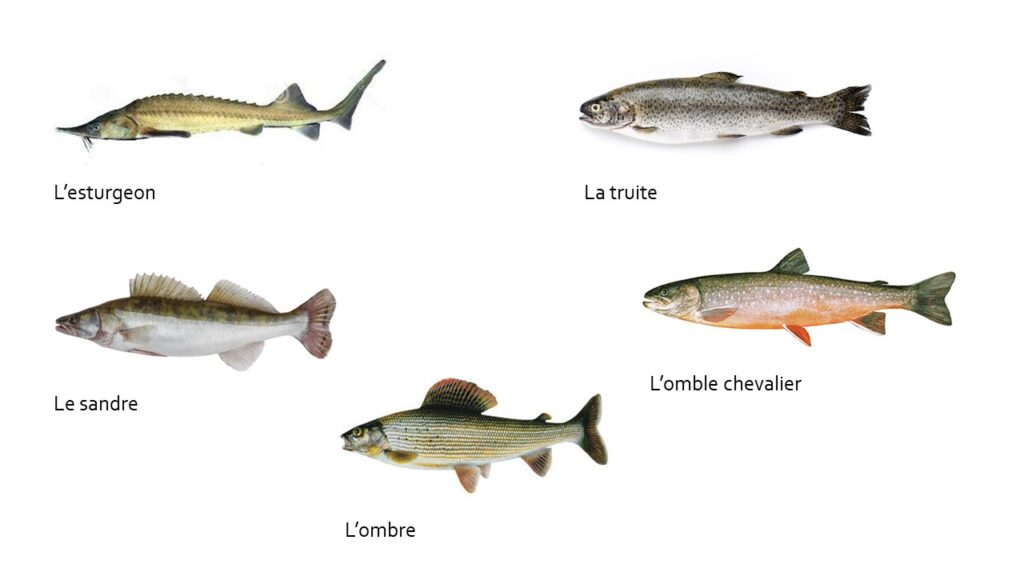
Beelong's efforts pay off
Thanks to the tools and work of Beelong, several thousand tons of threatened fish have disappeared from menus. There are three main levers: stop or reduce consumption, favour a more sustainable production method (label), or change species, piece or food.
A testimonial from one of the communities supported by Beelong, Pierre Gordien, food buyer at the Ecole hôtelière de Lausanne (EHL): "Concerning the tiger shrimp, the purchasing department looked for price alternatives with the ASC label. When we finally found something, our chef did not like the quality. So, instead of looking for another alternative, the real solution was simply to stop using shrimp!
To go further, our blog post Sustainable eating in 8 key steps » vous donne toutes les astuces pour une consommation alimentaire durable.
The Beelong Team






